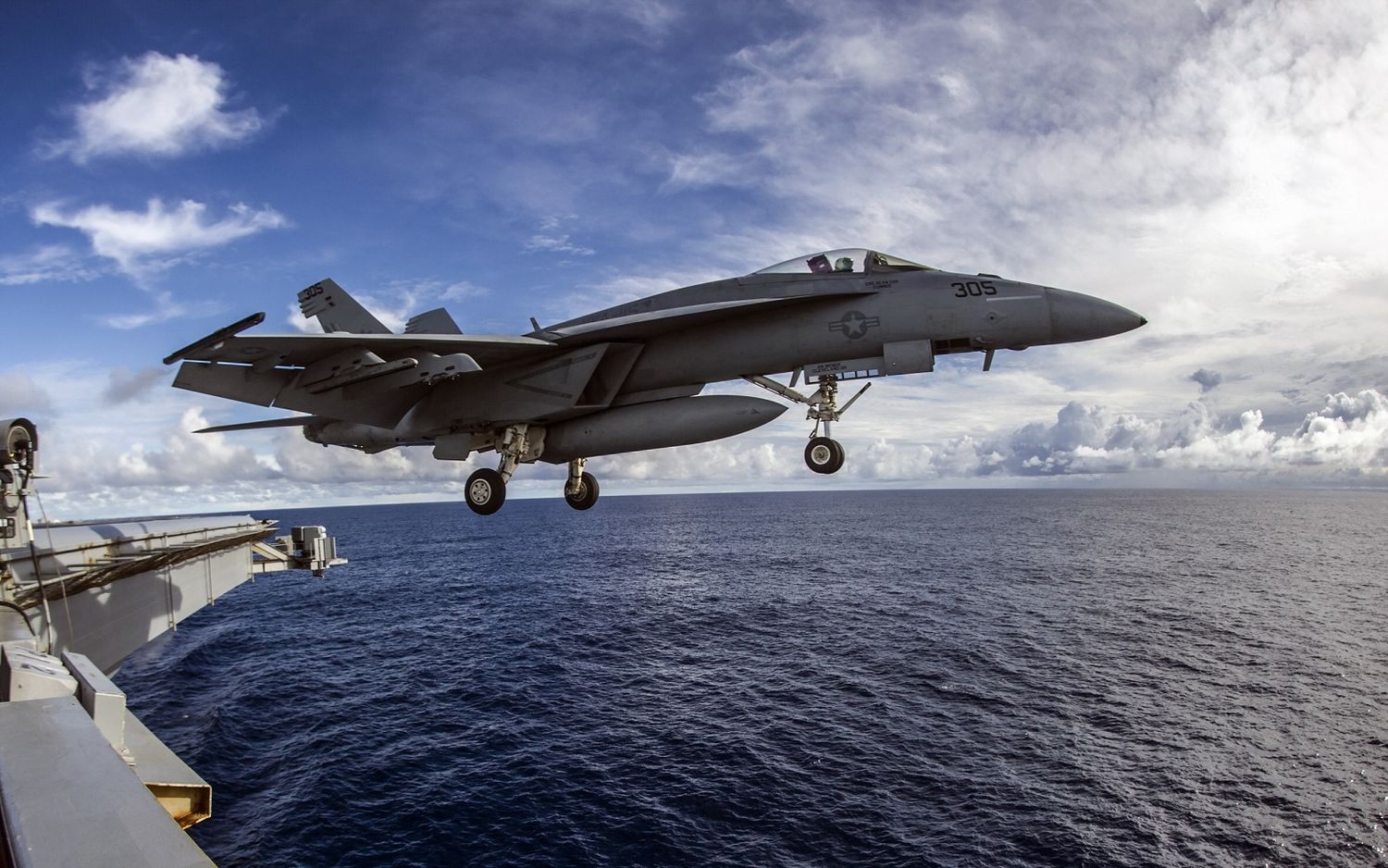Project Odin’s Eye: US Navy investigates whether extreme G-forces cause brain damage in TOP GUN pilots
The U.S. Navy has launched a confidential investigation known as «Project Odin’s Eye» to determine whether the extreme forces of aerial combat maneuvers and aircraft carrier takeoffs are causing cumulative brain damage in elite pilots from the Strike Fighter Tactics Instructor program (SFTI), popularly known as TOPGUN. The investigation was prompted by the suicides of three veteran pilots.
The investigation, revealed by The New York Times, indicates that the Navy will collect up to 1,500 data points from pilots to identify early signs of potential neurological injuries.
Although the U.S. Navy officially denies any link between high-G flight maneuvers and brain injuries, the investigation arises after a series of concerning incidents: in the past 18 months, three experienced Super Hornet fighter pilots died by suicide. Their families claim that all of them exhibited symptoms consistent with brain damage, including memory problems, anxiety, and erratic behavior.
Cumulative Damage in a Body Pushed to the Limit for Years
Fighter pilots are exposed to extreme G-forces during catapult-assisted takeoffs from aircraft carriers and violent aerial combat maneuvers, such as dogfights. These forces cause the brain to be pushed against the skull, generating pressure that can rupture delicate neural connections. Although the Navy has studied the impact of isolated maneuvers, it had not previously addressed the cumulative effects of such exposures over a pilot’s career.
According to testimonies collected by The New York Times, veteran pilots claim that years of catapult launches from aircraft carriers and high-speed maneuvers that crush the body can have a severe cumulative effect, resulting in symptoms such as memory loss, anxiety, panic attacks, insomnia, and extreme irritability. However, these problems are often attributed to mental health disorders unrelated to flying. Out of fear of being grounded, many pilots prefer to hide their symptoms.
Cumulative brain damage caused by repeated exposure to extreme G-forces and aircraft carrier takeoffs was underestimated, according to experts and pilots. The repeated pressure on the brain could cause tears in neural connections, resulting in long-term neurological symptoms.
To illustrate the issue, The Times interviewed Dr. Kristin Barnes, a former U.S. Navy captain and medical specialist in brain injuries, who piloted the F-14 Tomcat during her long career in the U.S. Navy.
“When you’re launched from the carrier, you go from 0 to 320 km/h (200 mph) in just two seconds,” explained Dr. Barnes.
“Your brain is slammed against the back of your skull. You can recover once, even ten times. But I did it 750 times.”
Dr. Barnes was unaware of the cumulative brain damage until years after her retirement, when symptoms of confusion and memory loss began to manifest.
Another revealing testimony comes from Mark Keller, a former weapons officer of the Super Hornet, who described how the extreme environment inside the cockpit affects both the body and the mind.
«From the ground, the maneuvers seem elegant, but in the cockpit, you vibrate brutally and fight to stay conscious,» Keller said.
Years of pushing the body to its limits eventually affect the pilots’ personalities.
«I used to be calm and relaxed, but I became impulsive and aggressive,» Keller confessed.
After leaving active service, Keller became dependent on substances, including cocaine and marijuana, to cope with anxiety and depression.
The Limits of the Human Body
The G-forces a pilot’s body can withstand during flight are widely studied and documented. Through years of rigorous training, the application of body-tightening techniques and breathing exercises, and the use of anti-G suits, fighter pilots can maintain consciousness even when their bodies experience nine times their own weight.

Under normal conditions, it is considered that 9 Gs is the maximum limit a pilot can endure during a sudden maneuver before losing consciousness. Traditionally, brain injuries were thought to occur only when something went wrong. However, little attention has been paid to the cumulative effects of the hundreds of flights that fighter pilots undertake throughout their careers.
These cumulative effects are not easy to detect. Unlike a traditional concussion, which can be diagnosed in a hospital, cumulative subclinical brain injuries can only be identified postmortem through the analysis of brain tissue in specialized laboratories.
Odin’s Eye Project and a Necessary Shift in Focus
Launched earlier this year, Project Odin’s Eye initially focused on detecting brain injuries in Navy SEALs, who are regularly exposed to explosions and shock waves. In November, the program was expanded to include TOPGUN pilots. The existence of the program was confirmed by a U.S. Navy spokesperson.
According to an anonymous source cited by The Times, the project was reportedly initiated without formal approval from the Navy’s medical and aviation commands in order to urgently address a critical need and understand the magnitude of the problem. The same source suggested that senior Navy officials might not be fully aware of the program’s existence.
Concern about the risks of cumulative brain injuries is not new. Since 2019, the U.S. Navy has quietly sent several pilots to civilian clinics specializing in brain injuries and has funded related research.
Now, Project Odin’s Eye seeks to examine the impact of these maneuvers on fighter pilots’ brain health in greater depth, aiming to prevent future tragedies and address a problem that, according to experts, has been hidden for years. The investigation could lead to changes in training and operational standards for fighter pilots, as well as new guidelines for detecting and treating brain injuries.


Comentarios
Para comentar, debés estar registrado
Por favor, iniciá sesión